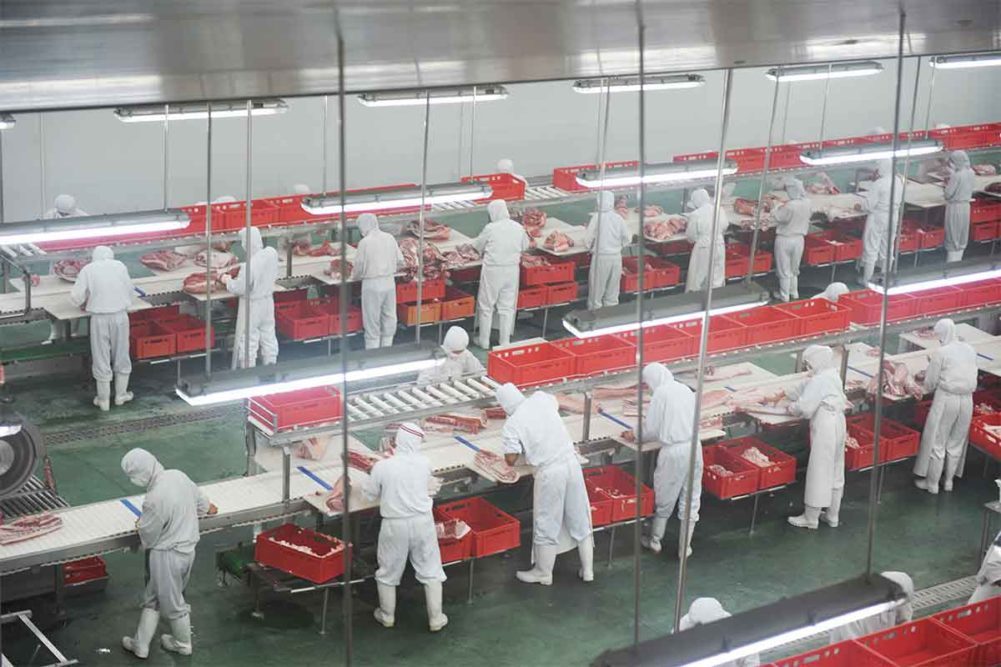WASHINGTON — In a recent document, the United States Senate Committee on Agriculture, Nutrition and Forestry stated a Nov. 30 deadline is approaching that was set by the USDA on the time-limited trial (TLT) for the New Swine Slaughter Inspection System (NSIS).
Currently, six processing plants operate under the TLT period, which allows for increased line speeds. The six facilities are located in Illinois, Michigan, Minnesota, Nebraska and Pennsylvania.
However, according to the committee, the agency has not established a permanent solution or issued an extension on the order.
“USDA’s inaction amplifies the economic uncertainty facing hog farmers at a time when profitability for farrow-to-finish hog operations is already at its worst level in more than two decades,” the committee said.
Almost 40% of the US hog supply is within 100 miles of the six processing plants.
“Absent a permanent solution or an extension of the current Time Limited Trial, these processors will have to reduce their operational capacity, which reduces demand for hogs, disrupts the supply chain for US hog farmers and processors, and exacerbates already historically high inflation in the US food supply,” the document added.
According to estimates from Dermot Hayes, a professor of economics and finance at Iowa State University, the expiration of the TLT could reduce pork processing capacity by at least 2.5% nationwide or nearly 260,000 hogs per month in reduced output.
The TLTs began following a collaboration between FSIS and the Occupational Safety and Health Administration (OSHA) to experiment with ergonomics, automation and crewing to create custom work environments that protect food and worker safety while maintaining productivity.
In November 2021, the USDA approved six facilities to run TLTs and operate at line speeds exceeding the maximum line speed of 1,106 head per hour. The limit was put into force on June 30, 2021, after a federal court ruling vacated a provision of the NSIS that enabled pork processors to establish maximum line speeds.
At the end of the analysis, the committee asked the USDA to provide guidance and certainty as the industry risks making the farm economic conditions for hog farmers more dire now and into the future.
USDA did not respond to a request for comment at the time of publication.

